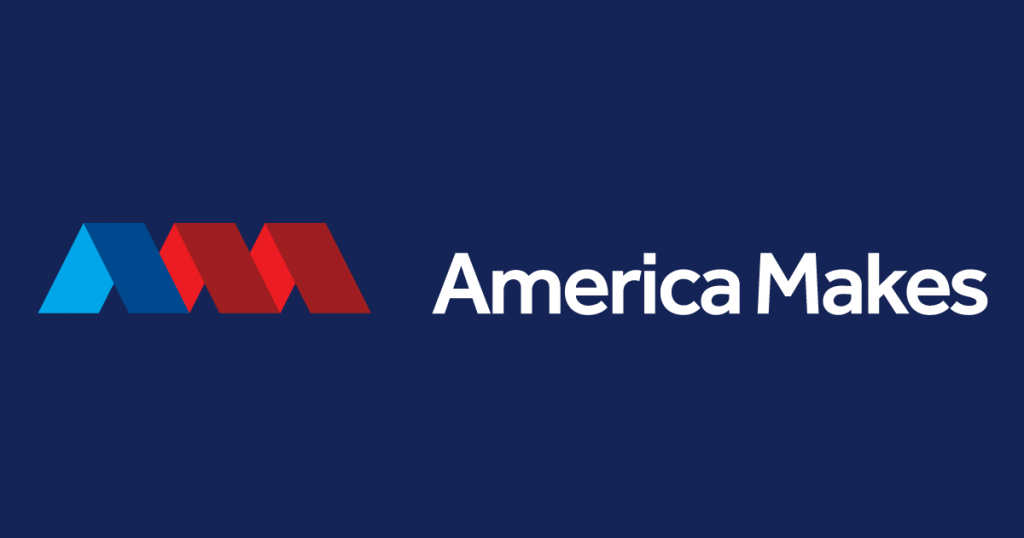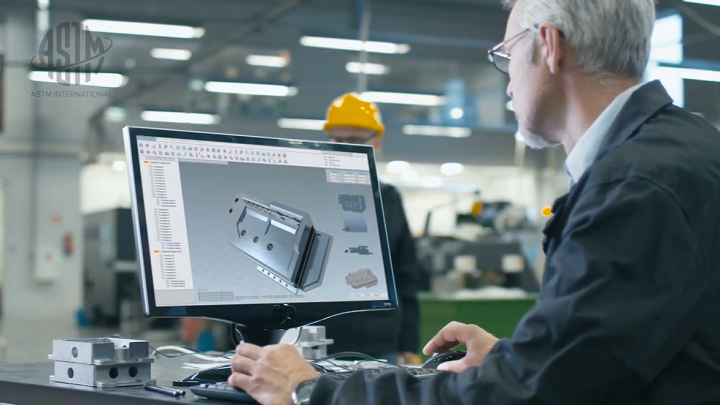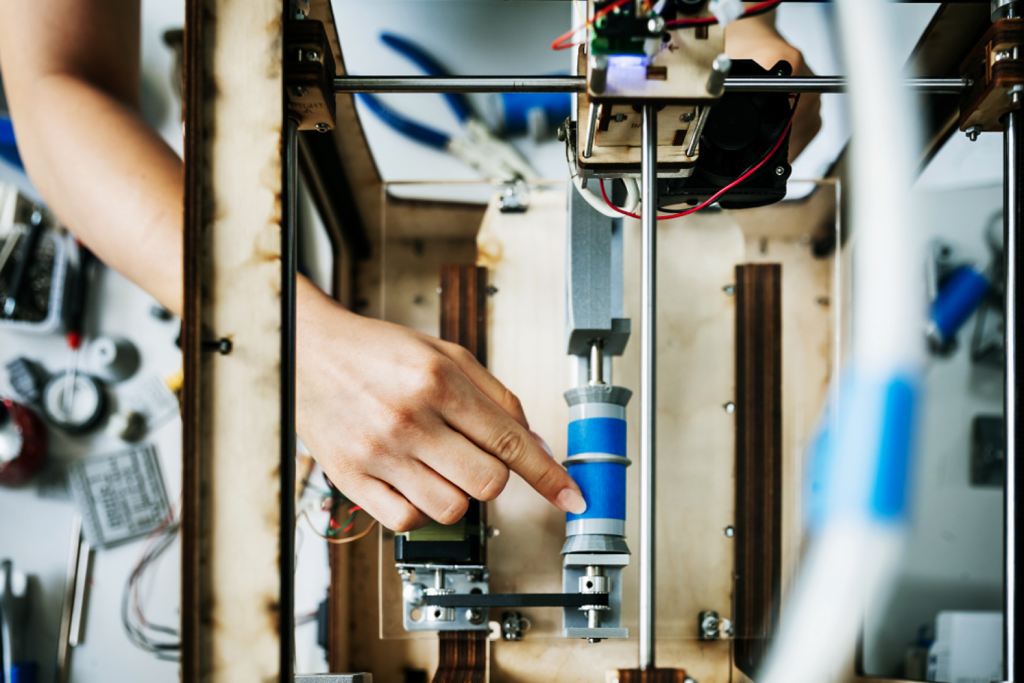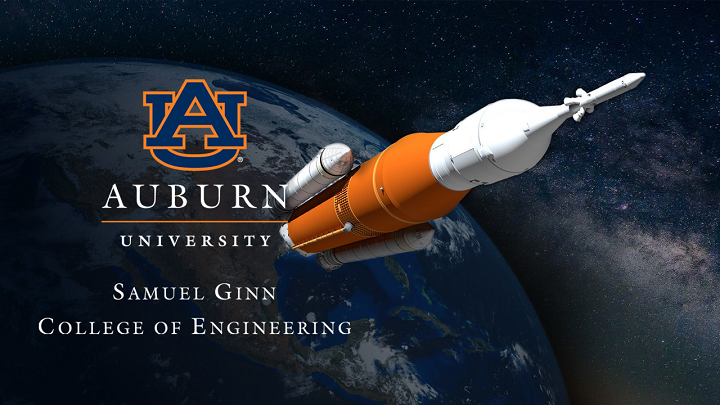As the national accelerator for additive manufacturing (AM) in the U.S., Youngstown, Ohio-based America Makes works to accelerate adoption of the technology and increase the country’s global manufacturing competitiveness through training, events and trips, projects, apprenticeships, and standards publication. This week, ASTM International’s Additive Manufacturing Center of Excellence (AM CoE) announced that, together with America Makes, it has created a strategic guide for AM data.
The guide is a direct result of a workshop about AM data management and schema held this winter in Washington D.C. and organized by ASTM and America Makes. Over 100 academic, government, and industry experts came together to engage in brainstorm sessions, technical presentations, and panel discussions, all relating to data in additive manufacturing.
“A key and large gap in the development of an AM data ecosystem is how to easily and securely generate, store, analyze, and share critical and vital data. A sub-gap is the consistency of the data that is gathered across multiple groups,” stated Mohsen Seifi, PhD, ASTM International’s director of global additive manufacturing programs.
ASTM International works to serve societal needs of the world and educate industry professionals. The group has defined and set over 12,000 ASTM standards that are operating all around the world. The AM development timeline could be speeding up, due to developments in analysis, artificial intelligence, digital data acquisition, machine learning, and modeling, but the expansion has not been observed yet. The new strategic guide has identified action plans, challenges, gaps, and solutions for AM data to help with this growth.
Mahdi Jamshidinia, PhD, ASTM International’s AM R&D project manager, explained, “This strategic guide attempts to address series of gaps and provide solutions and potential action plans to address the gaps. The guide provides a summary of discussions during the workshop and can be used by all industry stakeholders and AM experts who want to participate in the development of an AM data ecosystem and contribute to standardization.”
“The guide highlights the importance of data management and data principles which will benefit the broader AM supply chain, and will serve as a resource to strengthen collaboration and ease the challenges common to AM data sharing. We are grateful to all who worked on this effort and believe this guide complements the efforts of the AMSC and America Makes’ technology maturation strategic objectives,” stated Brandon Ribic, Technology Director of America Makes.”
Additionally, the December workshop led to the development of a new subcommittee about data, which will create and perform value-stream mapping processes in order to call out the dependencies, needs, opportunities, processes, and tools that the industry needs in order to completely understand the digital thread. The subcommittee, F42.08, is within ASTM’s existing F42 additive manufacturing technologies committee, and one of the first projects it’s working on is the standardization of the AM common data dictionary (CDD).
Alex Kitt, PhD, product manager at EWI and chair of the new subcommittee, said, “This new subcommittee will provide a home for AM data experts where key standards activities can be coordinated, prioritized, and developed.”
The AM CoE also introduced a new insight video this week that’s also about AM data management, so it goes hand in hand with the new strategic guide. The video, below, features interviews with some important figures in the industry, including GE Research AI Principal Scientist Kareem Aggour; Shane Collins, the VP and General Manager of Additive Industries North America; Technical Specialist Douglas N. Wells with the NASA Marshall Space Flight Center; and ASTM’s own Seifi.
Discuss this story and other 3D printing topics at 3DPrintBoard.com or share your thoughts in the Facebook comments below.
The post ASTM International & America Makes Create Strategic Guide for Additive Manufacturing Data appeared first on 3DPrint.com | The Voice of 3D Printing / Additive Manufacturing.









